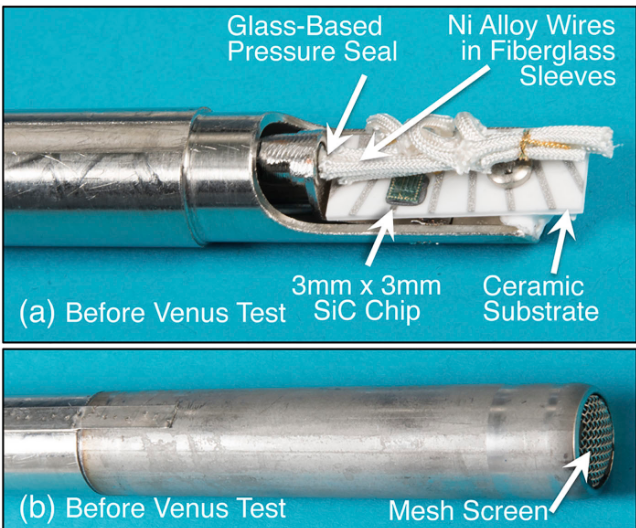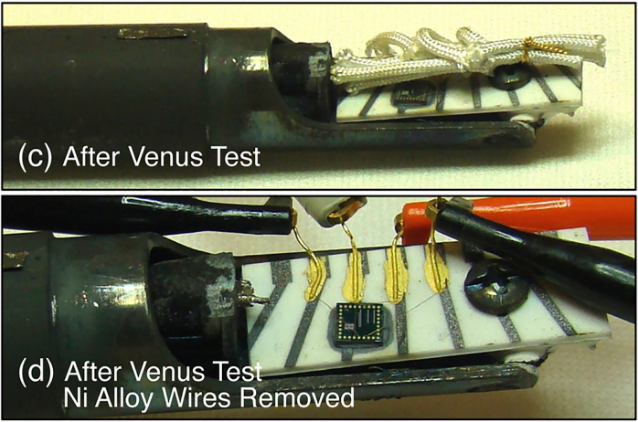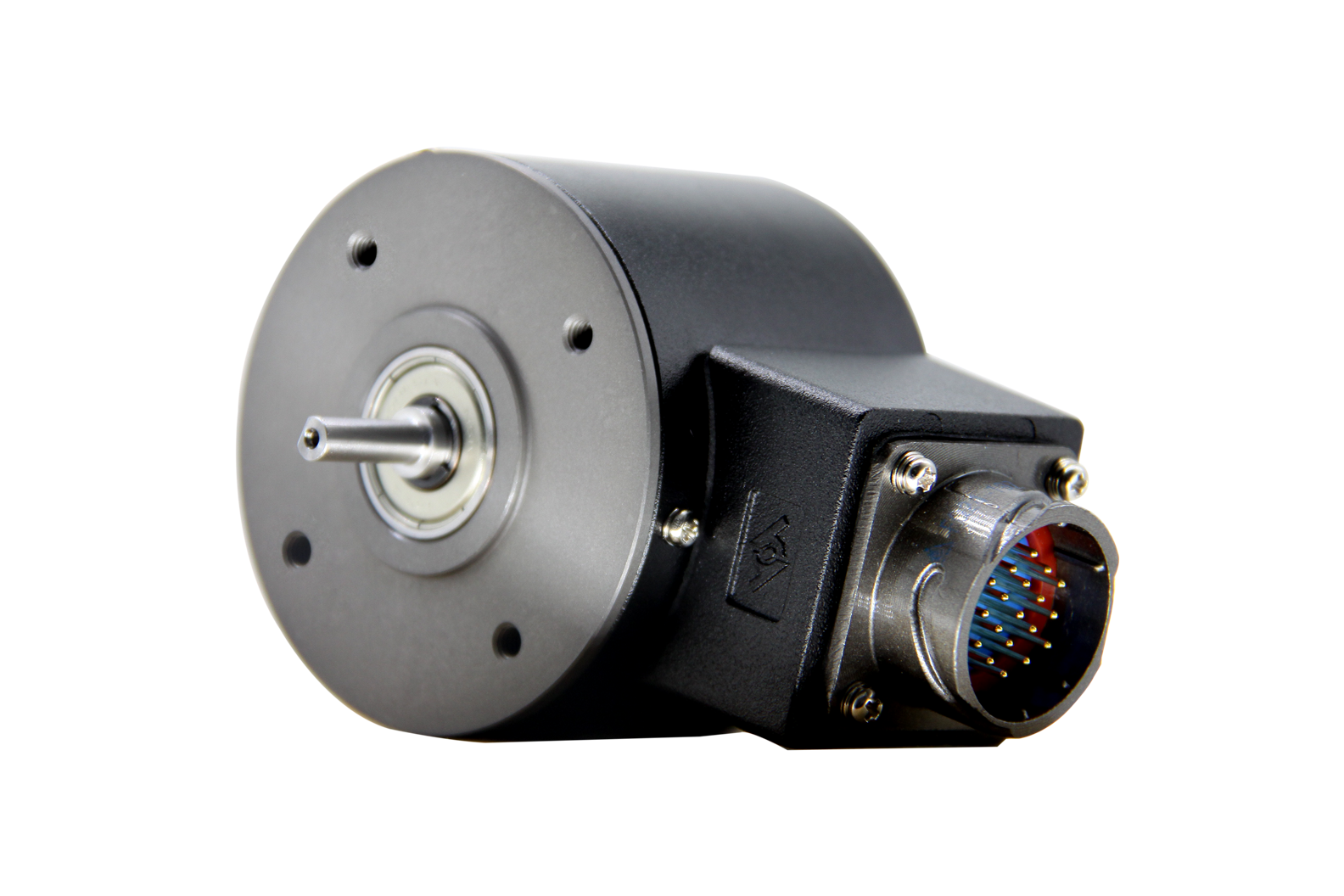[Abstract] Traditional silicon chips can resist the high temperature of 250 degrees. Venus temperature is 466.67 degrees. NASA ceramic chips can operate in this extreme environment for at least 521 hours.

Tencent Digital (outside the cloud) scientists are always thinking about conquering Mars, but they are ignorant of Venus near the Earth. Why? The reason is simple: Although Venus is the closest to Earth, it is only 26 million miles away, but Venus is hot on the surface. If science equipment is sent to you, it will soon be burned.

The surface temperature of Venus is at least 872 degrees Fahrenheit (466.67 degrees Celsius) and the atmospheric pressure is 93 times that of Earth, which is equivalent to a depth of 3,000 feet.
Because of this, it is almost impossible for the detector to walk on Venus. Now scientists have found a solution. NASA scientists have been able to make electronic devices run on Venus, which can withstand extreme temperatures.
If scientific equipment is to be sent to Venus, the equipment must be fitted with an external cooling system and pressure vessel, and important electronic components must be placed in the container. Traditional silicon chips can only resist the high temperature of 480 degrees Fahrenheit, which is equivalent to 250 degrees Celsius, and break once they exceed the limit.
Engineers at the NASA Glenn Institute have developed a computer chip that is manufactured in a completely different way. The researchers connected the interconnected wires to Sic (silicon carbide) transistors. The Sic technology was first used in heavy industry and the military industry. NASA scientists successfully produced computer chips coated with ceramic layers and could be used on Venus without any protection device. .
The researchers placed the oscillator in Glenn Extreme Environments Rig (GEER for short), then raised the temperature and pressure of the machine to the level of Venus and watched the reaction of the chip. After 521 hours (equivalent to 22 days), the scientists took the shaker out of the machine and the results were quite amazing. In extremely hot environments, the GEER machine must be shut down after 3 weeks of continuous operation while the computer chip is still intact.
Since the experiment was successful, can scientists send the probe to Venus? In 1982, the spacecraft Venera 13 that was launched by the Soviet Union survived on the surface of Venus for 2 hours and 7 minutes. Take a look at the NASA chip. Its survival time is at least 500 hours longer than the Venera 13. Unfortunately, scientists may have to wait a long time to send the detector to Venus.
Source: techtimes
Rotary encoders are used as sensors for angle,position,speed and acceleration. We can offer incremental encoders and absolute encoders.

Absolute Encoder,Custom Encoder On Motor,Custom Optical Encoders,High Resolution Encoder
Yuheng Optics Co., Ltd.(Changchun) , https://www.yhencoder.com